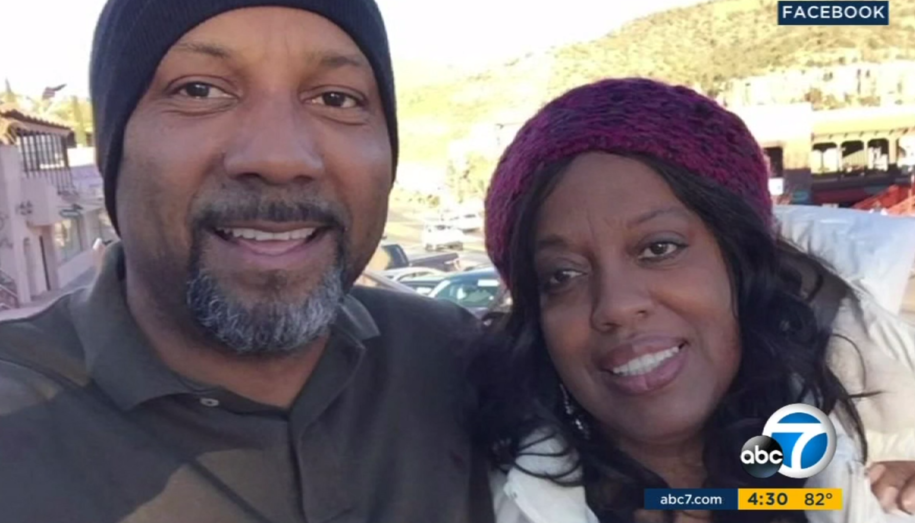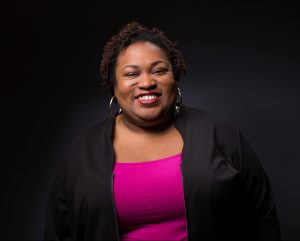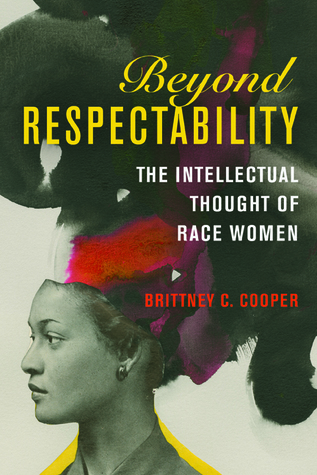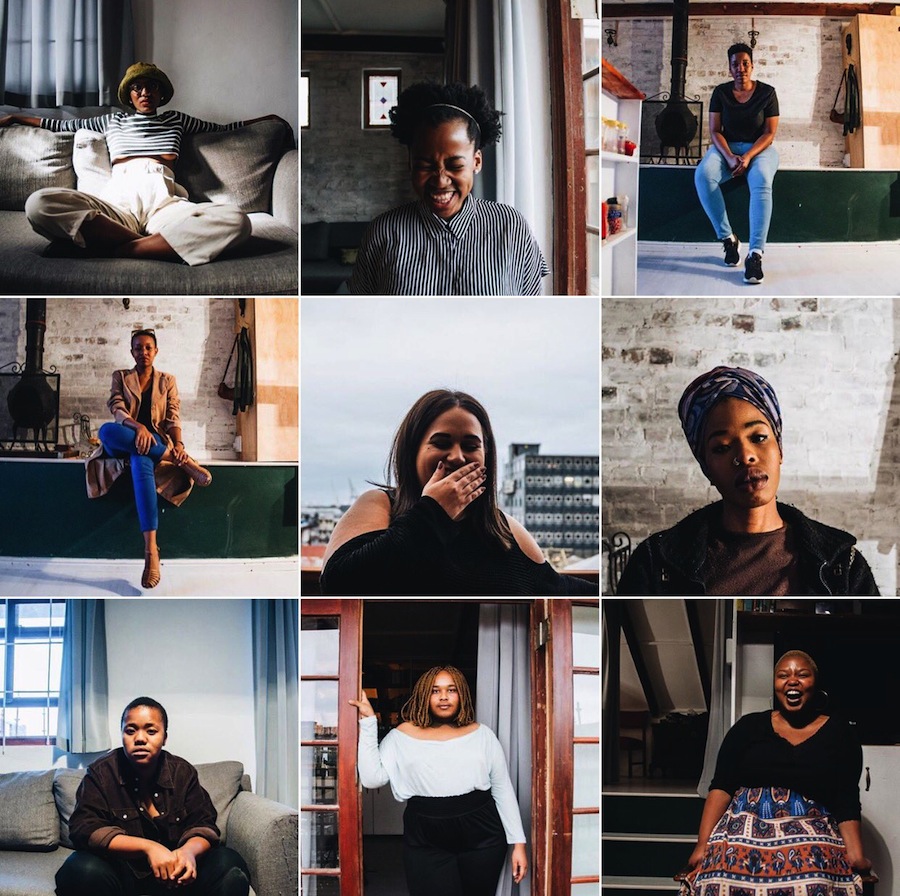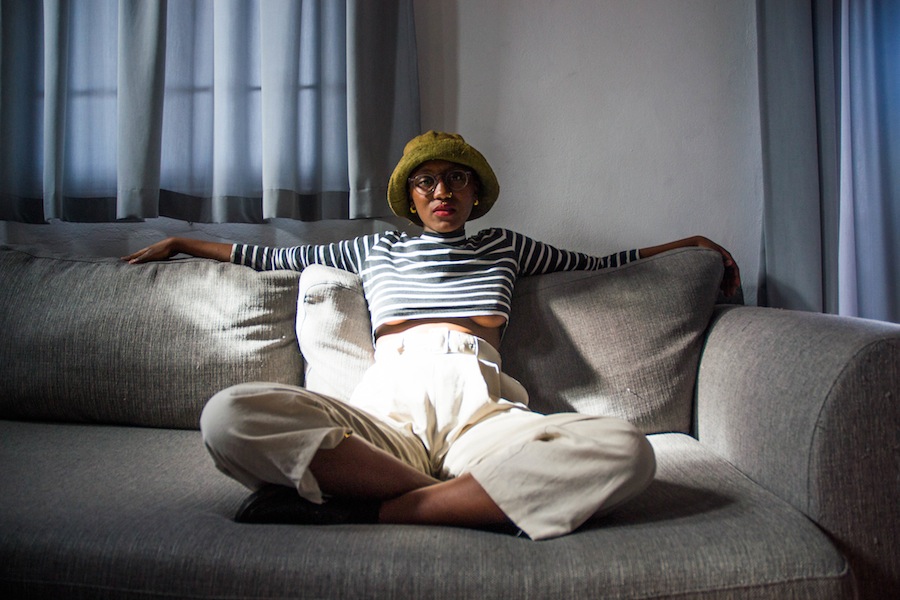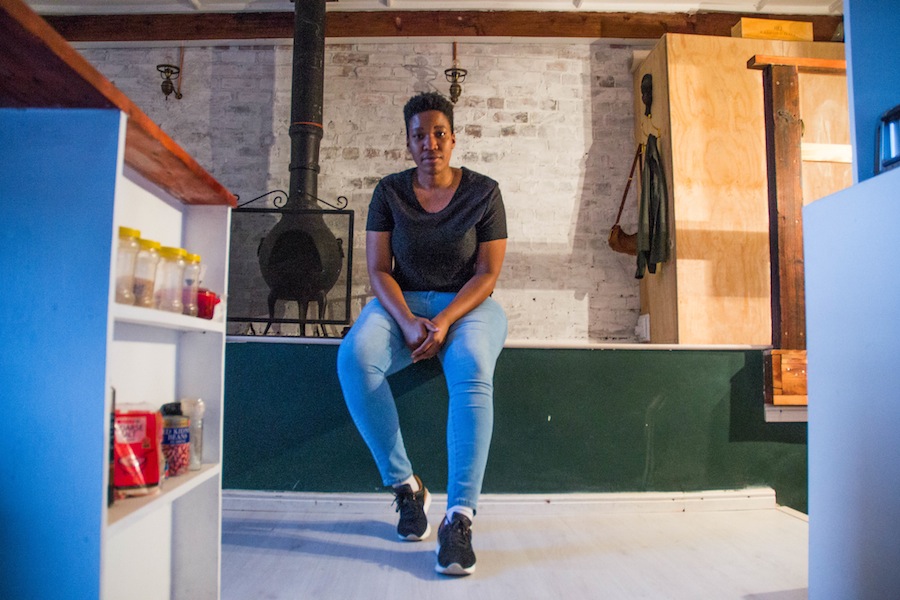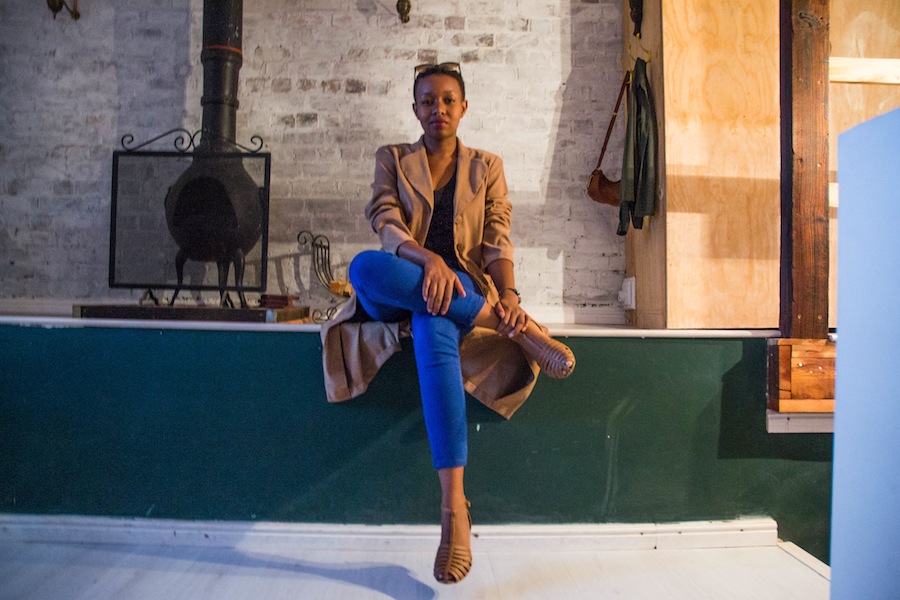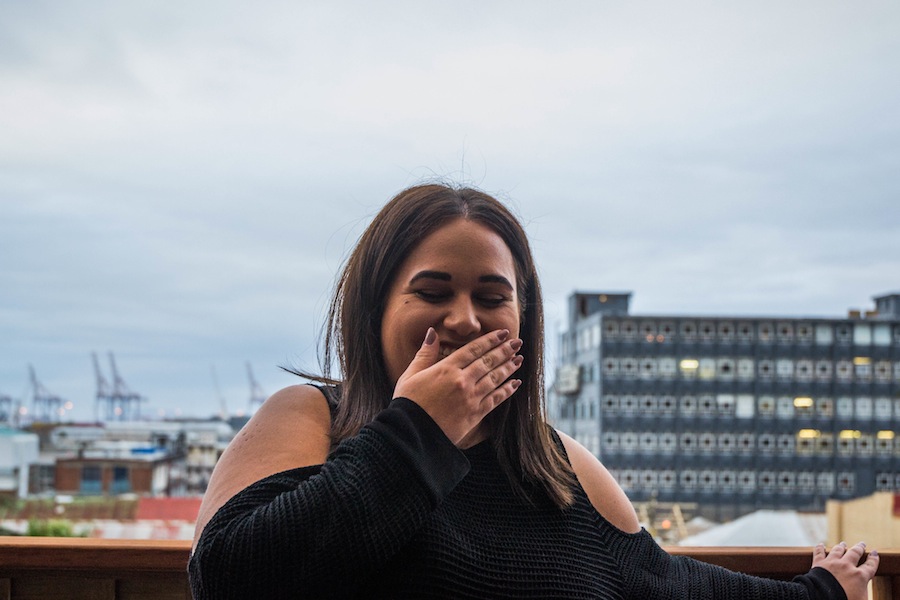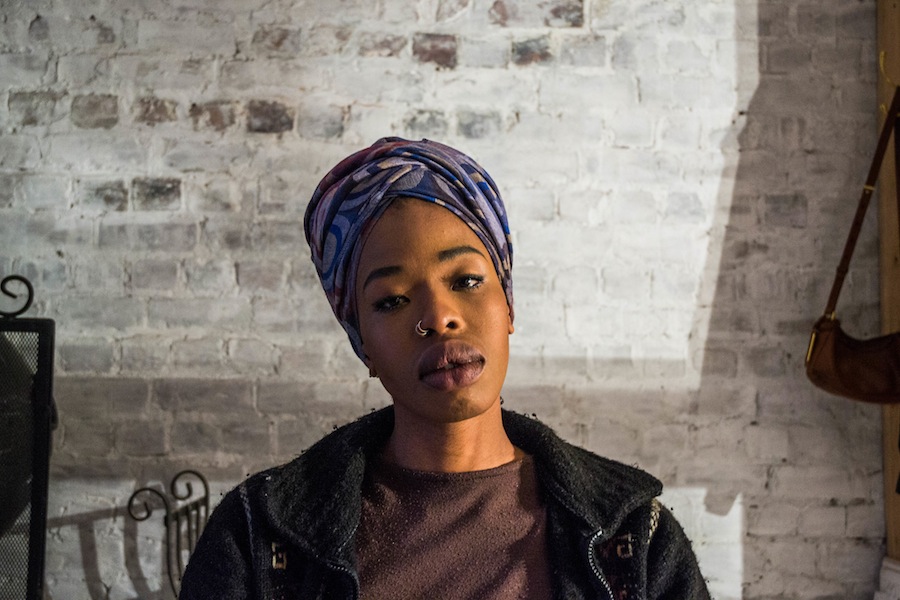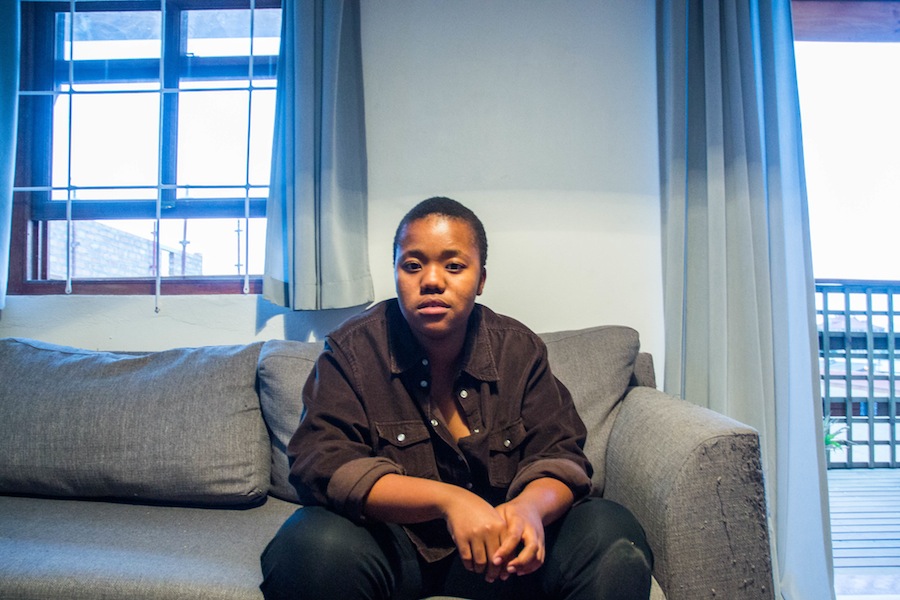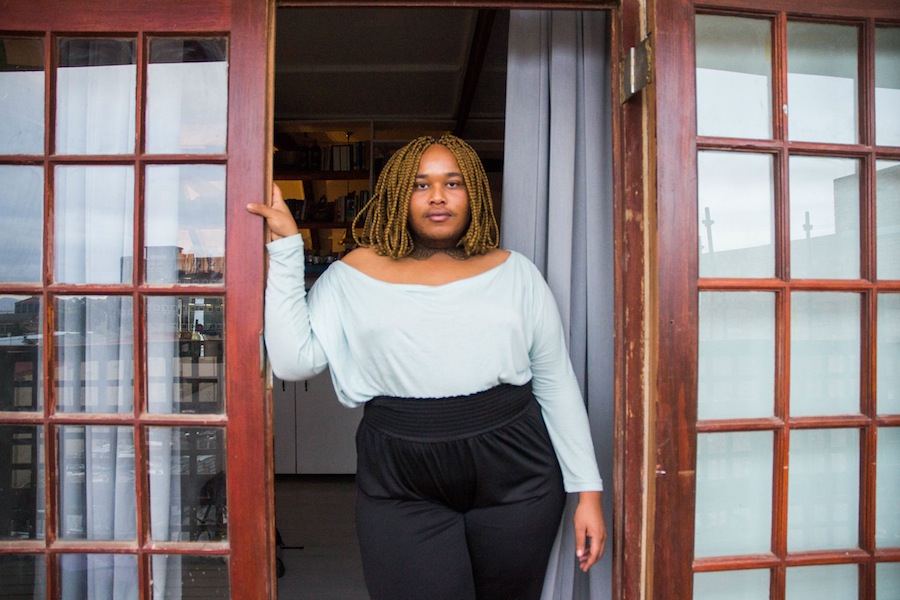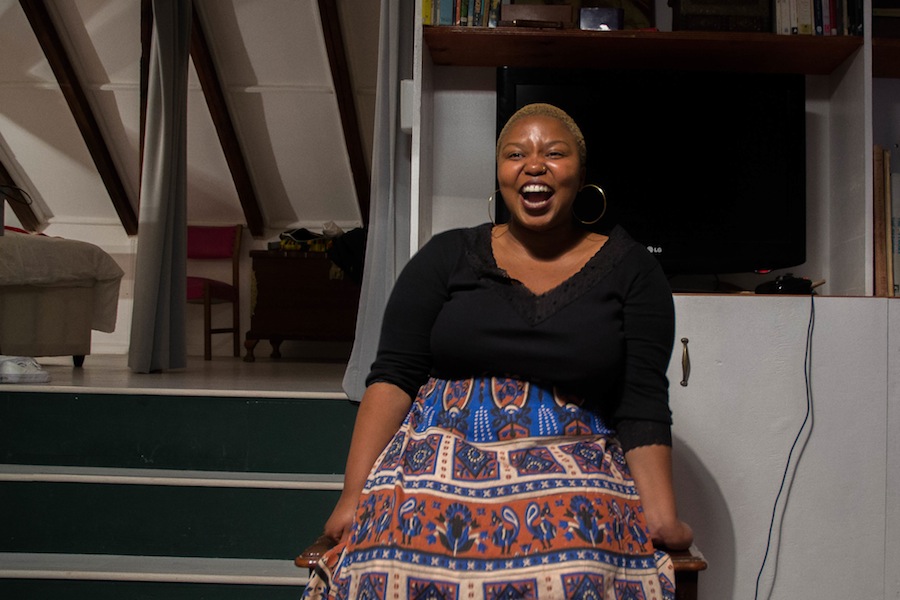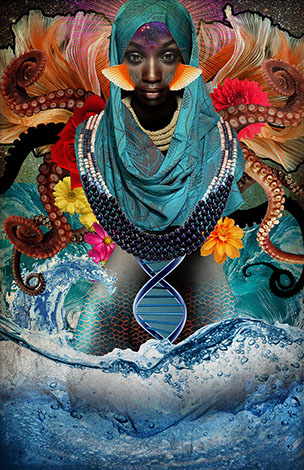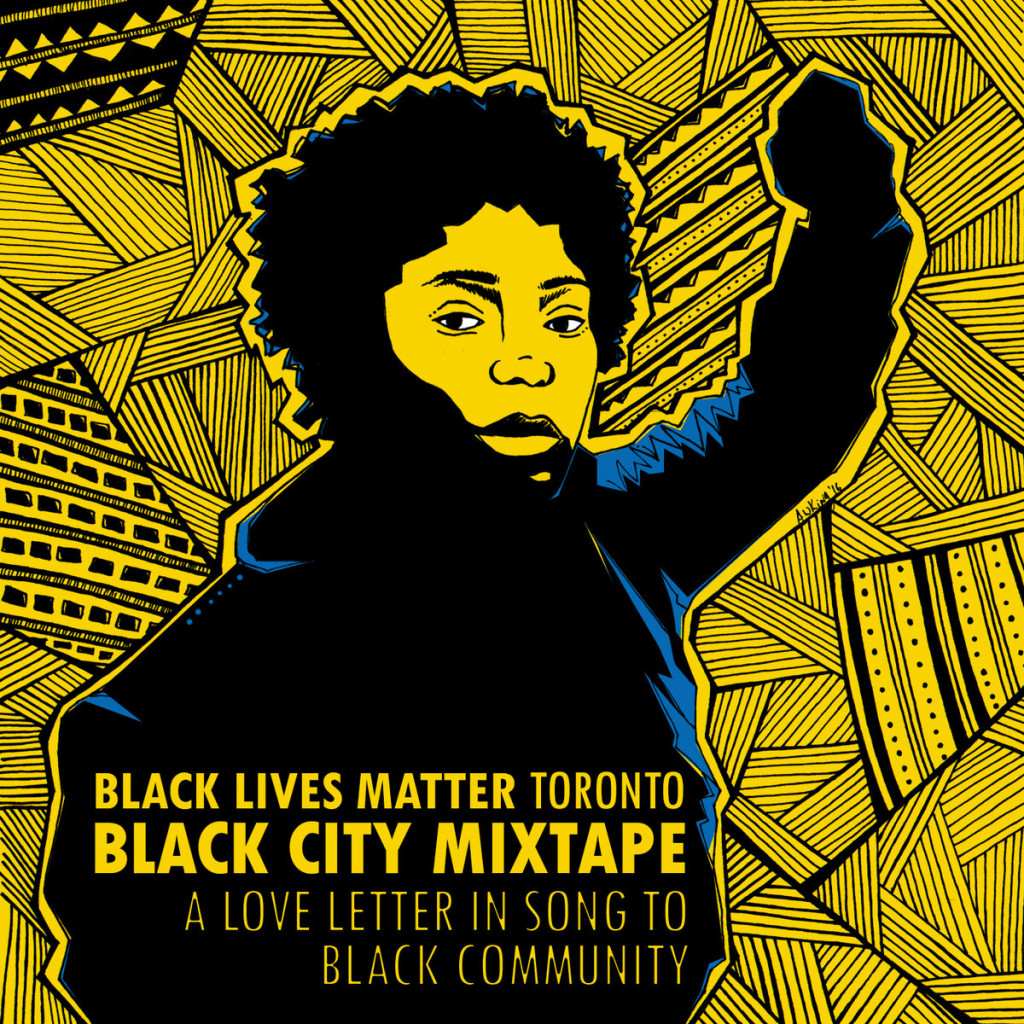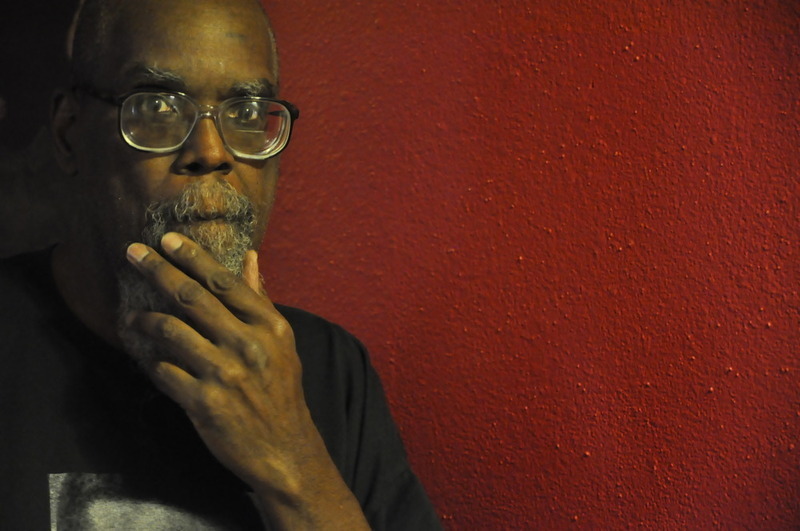It’s not surprising to anyone who has lived in or visited a major American metropolitan region that the nation’s cities tend to be organized in their own particular racial pattern. In Chicago, it’s a north/south divide. In Austin, it’s west/east. In some cities, it’s a division based around infrastructure, as with Detroit’s 8 Mile Road. In other cities, nature—such as Washington, D.C.’s Anacostia River—is the barrier. Sometimes these divisions are man-made, sometimes natural, but none are coincidental.
A narrative of racially discriminatory landlords and bankers—all independent actors—has long served as an explanation for the isolation of African-Americans in certain neighborhoods in large cities. But this pervasive assumption rationalizing residential segregation in the United States ignores the long history of federal, state and local policies that generated the residential segregation found across the country today.
In The Color of Law: A Forgotten History of How Our Government Segregated America, Richard Rothstein, a research associate at the Economic Policy Institute, aims to flip the assumption that the state of racial organization in American cities is simply a result of individual prejudices. He untangles a century’s worth of policies that built the segregated American city of today. From the first segregated public housing projects of President Franklin Roosevelt’s New Deal, to the 1949 Housing Act that encouraged white movement to the suburbs, to unconstitutional racial zoning ordinances enacted by city governments, Rothstein substantiates the argument that the current state of the American city is the direct result of unconstitutional, state-sanctioned racial discrimination.
Smithsonian.com spoke with Rothstein about his findings and his suggestions for change.
Your book aims to turn over misconceptions on how American cities came to be racially segregated. What are some of the biggest misconceptions people have, and how did they influence your research and writing of this book?
There’s one overall misconception. And that is that the reason that neighborhoods in every metropolitan area in the country are segregated by race is because of a series of accidents driving prejudice and personal choices.
Income differences, private discrimination of real estate agents, banks and all of these come under the category of what the Supreme Court called, and what is now generally known as, de facto segregation, something that just happened by accident or by individual choices. And that myth, which is widespread across the political spectrum, hobbles our ability to remedy segregation and eliminate the enormous harm that it does to this country.
The truth is that segregation in every metropolitan area was imposed by racially explicit federal, state and local policy, without which private actions of prejudice or discrimination would not have been very effective. And if we understand that our segregation is a governmentally sponsored system, which of course we’d call de jure segregation, only then can we begin to remedy it. Because if it happened by individual choice, it’s hard to imagine how to remedy it. If it happened by government action, then we should be able to develop equally effective government actions to reverse it.
Why do you think there is this national amnesia about the history of these policies?
When we desegregated the buses, people could sit anywhere on the bus they wanted. When we desegregated restaurants, people could sit anywhere in the restaurant that they wanted. Even when we desegregated schools, if the ruling was enforced, the next day, children could go to the school in their neighborhood. But residential segregation is a much more difficult thing to do. If we prohibit the effects of residential segregation, it’s not as though the next day people can up and move to suburbs that once excluded them by federal policy.
So given how difficult it is and how disruptive it would be to the existing residential patterns in the country, people avoid thinking about it, rather than having to confront something that’s very difficult. And once people start to avoid thinking about it, then fewer and fewer people, as time goes on, remember the history at all.
How did the Great Depression contribute to the problem?
In the Great Depression, many lower-middle class and working-class families lost their home. They couldn’t keep up with their payments. So the Public Works Administration constructed the first civilian public housing ever in this country. Initially, it was primarily for white families in segregated white projects, but at some point, a few projects were built for African-Americans in segregated African-American projects. This practice often segregated neighborhoods that hadn’t previously been that way.
In Langston Hughes’ autobiography, he describes how he lived in an integrated neighborhood in Cleveland. His best friend in high school was Polish. He dated a Jewish girl. That neighborhood in Cleveland was razed by the WPA, which built two segregated [ones], one for African-Americans, one for whites. The Depression gave the stimulus for the first civilian public housing to be built. Were it not for that policy, many of these cities might have developed with a different residential pattern.
How did the Roosevelt administration justify these New Deal policies, like the WPA, if segregation wasn’t constitutional?
The main justification they used was that segregation was necessary because if African-Americans lived in those neighborhoods, the property values of those neighborhoods would decline. But, in fact, the FHA had no evidence of this claim. Indeed, the opposite was the case. The FHA had research that demonstrated that property values rose when African-Americans moved into white neighborhoods, but it ignored its own research.
African-Americans had fewer options for housing. African-Americans were willing to pay more to purchase homes than whites were for identical homes, so when African-Americans moved into a white neighborhood, property values generally rose. Only after an organized effort by the real estate industry to create all-black suburbs and overcrowd them and turn them into slums did property values decline. But that was the rationale and it persisted for at least three decades, perhaps more.
How did the Housing Act of 1949 contribute to the issue of segregation?
President Harry Truman proposed the act because of an enormous civilian housing shortage. At the end of World War II, veterans returned home, they formed families; they needed places to live. The federal government had restricted the use of building materials for defense purposes only, so there was no private housing industry operating at that time.
Conservatives in Congress in 1949 were opposed to any public housing, not for racial reasons, because most housing was for whites. But they opposed any government involvement in the private housing market, even though the sector wasn’t taking care of the housing needs of the population.
So they decided to try to defeat the public housing bill by proposing a “poison pill amendment” to make the entire bill unpalatable. It said from now on that public housing could not discriminate, understanding that if northern liberals joined conservatives in passing that amendment, southern Democrats would abandon the public housing program and along with conservative Republicans, defeat the bill entirely.
So liberals in Congress fought against the integration amendment led by civil rights opponents [resulting in a] 1949 housing program that permitted segregation. When the civilian housing industry picked up in the 1950s, the federal government subsidized mass production builders to create suburbs on conditions that those homes in the suburbs be sold only to whites. No African-Americans were permitted to buy them and the FHA often added an additional condition requiring that every deed in a home in those subdivisions prohibit resale to African –Americans.
Eventually, we had a situation everywhere in the country where there were large numbers of vacancies in the white projects and long waiting lists for the black projects. The situation became so conspicuous that the government and local housing agencies had to open up all projects to African-Americans. So these two policies, the segregation of public housing in urban areas and the subsidization of white families to leave urban areas and to the suburbs, created the kind of racial patterns that we’re familiar with today.
How did the Supreme Court decision in Buchanan v. Warley set the U.S. on a path of racial housing segregation?
In the early 20th century, a number of cities, particularly border cities like Baltimore, St. Louis, and Louisville, Kentucky, passed zoning ordinances that prohibited African-Americans from moving onto a block that was majority white. In 1917, the Supreme Court found in Buchanan v. Warley that such ordinances were unconstitutional, but not for racial reasons. The Court found it unconstitutional because such ordinances interfered with the rights of property owners.
As a result, planners around the country who were attempting to segregate their metropolitan areas had to come up with another device to do so. In the 1920s, Secretary of Commerce Herbert Hoover organized an advisory committee on zoning, whose job was to persuade every jurisdiction to adopt the ordinance that would keep low-income families out of middle-class neighborhoods. The Supreme Court couldn’t explicitly mention race, but the evidence is clear that the [Commerce Department’s] motivation was racial. Jurisdictions began to adopt zoning ordinances that were exclusive on economics, but the true purpose was, in part, to exclude African-Americans. So they developed ordinances that for example, prohibited apartment buildings from being built in suburbs that had single-family homes. Or they required single-family homes to have large setbacks and be set on multiple acres, all as an attempt to make the suburb racially exclusive.
Even though the Buchanan decision was handed down in 1917, many cities continued to have racial ordinances in flagrant violation of the decision. Richmond, Virginia, passed an ordinance that said people couldn’t move on to a block where they were prohibited from marrying the majority of people on that block. And since Virginia had an anti-miscegenation law that prohibited blacks and whites from marrying, the state claimed that this provision didn’t violate the Buchanan decision. Many of these devices were used to evade the Court’s decision. Some cities adopted ordinances that prohibited African-Americans from living on a block that was majority white. So the Buchanan decision wasn’t totally effective, but it did stimulate the drive for economic zoning to keep African-Americans out of white neighborhoods.
People say that housing segregation happens because African-Americans simply can’t afford to live in middle class neighborhoods, but you argue that this is overly simplistic.
For one thing, when these practices of public segregation were most virulent, many African-Americans could afford to live in white suburbs. Large subdivisions developed with FHA support like Levittown, New York, were built on conditions that they be all white. The homes in those places sold, in today’s dollars, about $100,000 apiece. They cost twice the national median income and were easily affordable to African-Americans as well as whites, but only working-class whites were permitted to buy into those homes.
In the next several generations, those homes sell for seven-to-eight times the median national income – unaffordable to working-class families. So the segregation that took place when the homes were first built created a permanent system that locked African-Americans out of it as appreciation grew. White families gained in home equity, in wealth, from the appreciation of their homes. African-Americans who were forced to live in apartments and not be homeowners gained none of that appreciation.
The result is that today African-American average incomes are about 60 percent of white incomes, but African-Americans’ average wealth is about 5 percent of white wealth. That enormous difference is almost entirely attributable to unconstitutional federal housing policy in the mid-20th century.
How did reverse-redlining impact the African-American community in the financial crisis of 2008?
Reverse-redlining is a term used to describe the targeting by banks and mortgage lenders of minority communities for exploitative loans, called subprime loans. They were typically loans designed to induce African-American and Latino homeowners to refinance their homes at a low-interest rate that then exploded into a very high rate once they’re locked into the mortgage. In many cases, these subprime loans were issued to African-American families who qualified for conventional loans, but they were denied those mortgages. The result was that foreclosure [rates] in minority communities far-exceeded that in white communities. Federal regulators were certainly aware of the fact that banks they supervised were targeting African-American communities with these loans. This was their job. So the federal government was complicit in this reverse-redlining in the period leading up to 2008. The result was devastation of middle-class and lower-middle-class African-American communities.
If the federal government was complicit in this, what is the obligation of the federal government now as the nation continues to recover from that crisis and the legacy of residential discrimination?
The obligation is under our constitution. If it’s a constitutional violation, it’s the obligation of our government to fashion a remedy. It’s not as though simply saying “we’re no longer segregating” creates a situation where segregated families can pick up and move to integrated neighborhoods. But there is an obligation to remedy segregation.
That’s the reason why learning this history is important. If people believe that this all happened without government direction, then there is no constitutional obligation to desegregate. It might be a good policy, but there’s no obligation.
There are many remedies. For example, Congress could prohibit the use of exclusionary zoning ordinances in suburbs that were segregated and prohibit those ordinances from being enforced until such time the suburb became diverse. That would permit developers to create townhouses and modest apartment buildings or single-family homes in all-white suburbs that currently prohibit all of those things. There are many policies we could follow, but we’re not likely to have the political support to develop them without understanding the role of government in creating the segregation in the first place.


